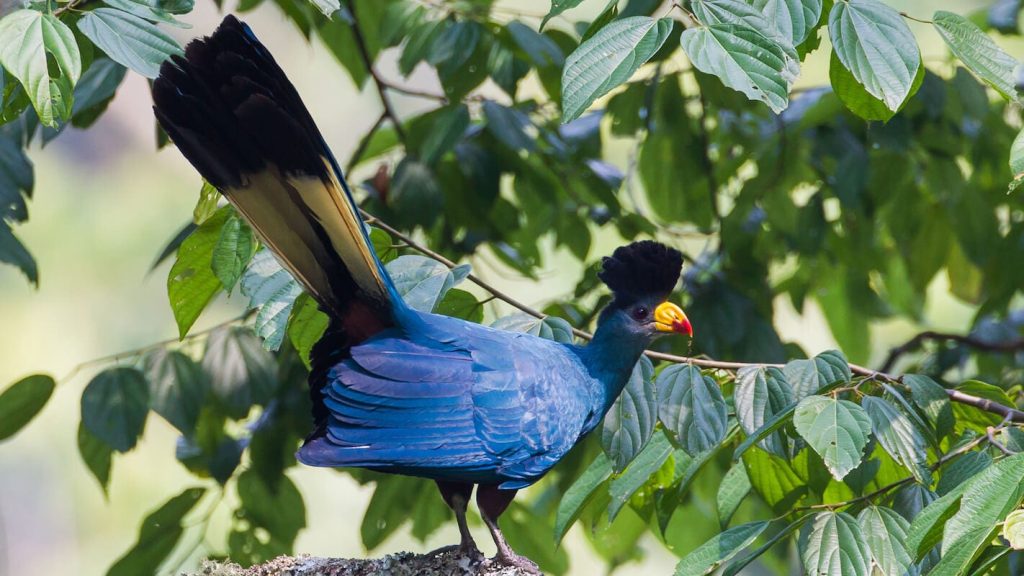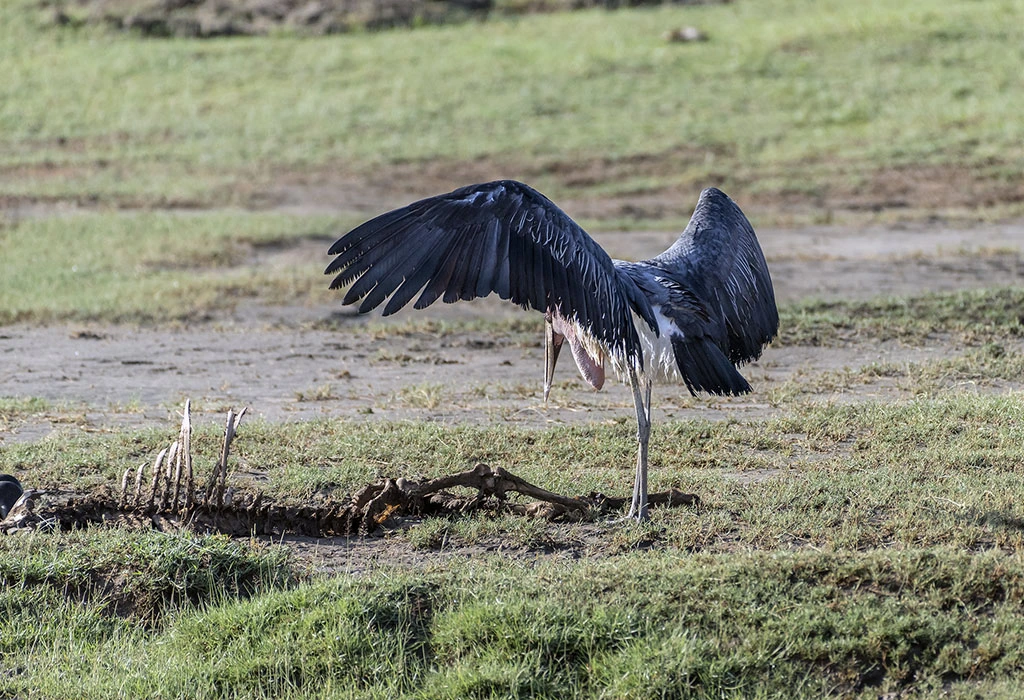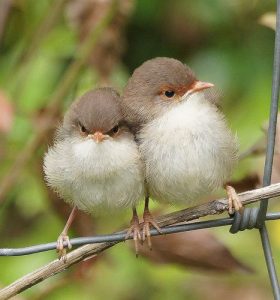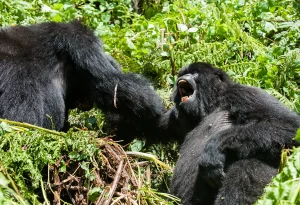Which Country in East Africa Has the Best Birding?
East Africa is one of the most bio-diverse regions in the world, offering an unparalleled bird watching experience for enthusiasts and ornithologists alike. With its diverse ecosystems, ranging from lush rain forests and wetlands to vast savannahs and high-altitude plateaus, the region hosts a remarkable variety of bird species. Whether you are searching for rare endemics, migratory species, or vibrant waterbirds, East Africa provides endless opportunities for an unforgettable birding adventure. This guide explores the best birding destinations in East Africa, highlighting the unique offerings of Uganda, Kenya, Tanzania, Rwanda, and Ethiopia to help you decide which country best suits your bird watching interests. Which Country in East Africa Has the Best Birding?
What Makes a Country Ideal for Bird watching?
Several factors contribute to making a country ideal for birdwatching. The number of bird species present, the availability of endemic or rare species, the diversity of habitats, and the accessibility of birding locations all play a role in ranking the top birding destinations. Conservation efforts and the presence of knowledgeable guides also enhance the experience, ensuring that birdwatchers get the most out of their trip.
Is Uganda the Best Birdwatching Destination in East Africa?
Uganda is often considered the top birdwatching destination in East Africa due to its extraordinary bird diversity and well-preserved habitats. With over 1,065 bird species recorded, Uganda hosts more than half of Africa’s bird species. The country offers excellent birdwatching locations, including Bwindi Impenetrable Forest, where birders can spot Albertine Rift endemics such as the African Green Broadbill. Murchison Falls National Park is another highlight, known for sightings of the elusive Shoebill Stork and the vibrant Red-throated Bee-eater. Queen Elizabeth National Park, with over 600 species, provides a mix of wetland and savannah birds, while Mabamba Swamp is a globally recognized site for observing the Shoebill. Uganda’s compact size and well-developed birding infrastructure make it an attractive option for birdwatchers.
How Does Kenya Compare as a Birding Destination?
Kenya is another exceptional birdwatching destination, boasting over 1,100 bird species. The country’s diverse landscapes, including savannahs, forests, lakes, and highlands, provide varied habitats for birdlife. Lake Nakuru National Park is world-famous for hosting thousands of flamingos, alongside pelicans and birds of prey. Amboseli National Park offers striking views of ostriches and Secretary Birds against the backdrop of Mount Kilimanjaro. Arabuko-Sokoke Forest is an important site for East African Coastal Endemics, including the rare Sokoke Scops Owl. Other notable birding areas include Lake Naivasha and Lake Baringo, both of which support hundreds of waterbird species and raptors. Kenya’s well-established tourism industry ensures excellent guiding services and accessibility to prime birding locations.
Why is Tanzania a Great Destination for Birding and Safaris?
Tanzania offers an outstanding birding experience, especially for those looking to combine birdwatching with a classic African safari. The country is home to over 1,100 bird species, with the Serengeti National Park providing exceptional opportunities to see raptors, vultures, and Secretary Birds. Ngorongoro Crater, a UNESCO World Heritage Site, is another prime birding destination, featuring unique highland species. The Selous Game Reserve, one of the largest protected areas in Africa, is home to rare species such as Pel’s Fishing Owl. Lake Manyara National Park hosts over 400 bird species, including thousands of flamingos. With vast wilderness areas and some of the most famous national parks in Africa, Tanzania offers an immersive birdwatching experience in a stunning natural setting.
Is Rwanda a Hidden Gem for Birdwatchers?
Rwanda, though smaller in size, is a hidden gem for birdwatching enthusiasts. The country has recorded over 700 bird species, many of which can be found in its well-preserved forests and wetlands. Nyungwe Forest National Park is a prime destination, home to Albertine Rift endemics like the Ruwenzori Turaco. Akagera National Park provides an excellent mix of savannah and wetland species, making it an ideal location for birders who also want to experience Rwanda’s growing wildlife conservation efforts. The Kigali Wetlands offer an easy-to-access option for spotting water birds and migratory species. Rwanda’s compact nature allows birders to visit multiple locations in a short period, making it an attractive destination for those with limited time.
Why is Ethiopia Famous for Birding?
Ethiopia is another top birding destination in East Africa, renowned for its high number of endemic species. The country is home to over 850 bird species, with the Bale Mountains being a particularly important site for Ethiopian endemics such as the Abyssinian Catbird. Awash National Park offers diverse birdlife, including ostriches and vibrant starlings, while Lake Langano is a hotspot for waterbirds and kingfishers. Ethiopia’s unique highland ecosystems make it a prime location for birders seeking species that cannot be found elsewhere.
What is the Best Time for Birdwatching in East Africa?
The best time to go birdwatching in East Africa depends on the season. The migratory season, which lasts from November to April, is ideal for observing Palearctic migrants and breeding displays. The dry season, from June to September, provides easier birding conditions in open savannah areas due to reduced vegetation. The wet season, which occurs between March and May and again from October to November, is the best time for spotting resident forest birds, although the rains can make access to certain areas more challenging.
What Are the Best Birding Tours and Packages in East Africa?
Birding tours and safari packages across East Africa cater to both casual birdwatchers and serious enthusiasts. Guided birding tours offer expert knowledge and access to prime birding spots, while self-guided birdwatching is possible in many national parks and reserves. Many travelers choose to combine birdwatching with traditional safaris, making East Africa an ideal destination for wildlife and bird lovers alike.
What Are Some Rare and Endemic Birds in East Africa?
Birdwatchers seek several rare and endemic birds in East Africa, including the Shoebill Stork, which inhabits Uganda’s wetlands, and the Grey Crowned Crane, the national bird of Uganda and Rwanda. The Sokoke Scops Owl is exclusive to Kenya’s Arabuko-Sokoke Forest, while birdwatchers can spot the Blue Swallow in Rwanda’s wetlands. Ethiopia is home to species like the Abyssinian Catbird, found only in the country’s highlands.

What Essential Gear Do You Need for Birdwatching in East Africa?
For a successful birdwatching trip in East Africa, birders should come prepared with quality binoculars, a good camera for capturing bird species, and appropriate field guides or birding apps. Packing essentials include lightweight clothing, waterproof gear, and a field notebook for recording observations. Many birdwatchers prefer to hire local guides who are knowledgeable about bird species and their habitats. Which Country in East Africa Has the Best Birding?
Which Country in East Africa Has the Best Birdwatching Experience?
While each East African country is offering exceptional birdwatching opportunities, Uganda is always ranked as the best overall birding destination due to its rich bird diversity, ease of access, and well-established birdwatching infrastructure. Kenya is a top choice for those looking for a mix of birding and other wildlife experiences, while Tanzania excels in providing birdwatching opportunities alongside its world-famous safari destinations. Rwanda is ideal for travelers who want a compact, easy-to-navigate birding experience, and Ethiopia stands out for its unique highland endemics. Regardless of the choice, East Africa remains one of the most rewarding birding destinations in the world, offering unforgettable encounters with some of the planet’s most fascinating bird species.





